If your organisation is stuck in a rut, carrying out the same resource scheduling processes day after day, you can expect frustration, low productivity, and lack of growth. That’s why resource scheduling software is so invaluable.
Resource scheduling tools help streamline, automate, and enhance resource management. This guide explores what resource scheduling software is, how it’s used, benefits, must-have features, and how to choose the right product.
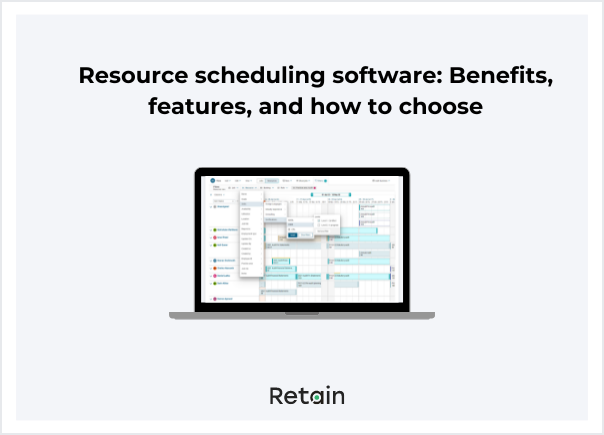
If you’re ready to skip all the details and get stuck into levelling up your organisation with resource scheduling technology, then Retain has you covered. Our specialist software streamlines all aspects of resource management.
Explore Retain’s Resource Scheduling Software >
What is resource scheduling software?
Resource scheduling is the practice of scheduling resources (like your talent) to clients and projects, while meeting project deadlines within budget. To simplify these tasks, resource scheduling software keeps everything automated and streamlined, enabling you to manage talent and adapt to changing conditions.
Software options range from a simple calendar tool to manage a small team of resources to specialist tools that provide an overview of the entire resource management process and offer advanced features such as AI-powered skills matching and resource forecasting.
With the right tools in place, organisations can:
- Optimise resources
- Improve talent management
- Gain valuable insights into performance metrics.
Take resource utilisation as an example. Without the right software, managing utilisation would involve manually collecting resource capacity data, using fiddly Excel formulas to calculate utilisation rates, sending follow-up emails, and manually tracking employee time. Resource scheduling platforms will show you utilisation rates in real-time, sync timesheet data, and show you who’s available and match their skills to projects accurately.
How to use resource scheduling software
Businesses and teams of all sizes from a variety of industries use resource scheduling software. A nonprofit organisation might find the software helpful for managing volunteer efforts, while a professional services firm could use it to manage consultants' time on client work.
If you’re curious to learn more, major brands have seen incredible results from using resource scheduling technology in the past several years, taking advantage of specialist software:
1. BPM overhauled its resource management processes, reducing manual processes by 35%. BPM now has greater visibility of resources, better use of management time, improved reporting, and business processes.
2. Pitcher Partners has become proactive with resource management by booking all their client projects for the next 12 months, providing staff with clear visibility of their schedules allowing them to strengthen resource and engagement planning.
3. RSM Cayman has shifted from Excel to resource planning software and saw substantial improvements in operations. The most notable change for RSM Cayman was access to ‘live’ data, which saved the team up to 16 hours a week.
These three transformations share commonalities every business can learn from. In particular, BPM, Pitcher Partners, and RSM Cayman all focused on using technology to replace manual processes.
Benefits of resource scheduling software
If you hope to simplify and streamline resource planning in an increasingly challenging business environment, you’ll need to embrace technology. Automating resource planning and scheduling can help your organisation to be more efficient, proactive, and precise.
Here are just a few of the many benefits:
More profits
The most important driver for implementing software—it can help you make more money. For instance, a Nucleus study found that businesses that embraced workforce management technology returned an ROI of $12.24 for every dollar spent on software, with an average payback period of just under 5 months.
💰See the ROI you could make using our ROI calculator here.
Better team and client experience
Software can make it easier to delight customers and your talent. This is so important because in a 2023-2024 voice of the workforce study, 90% of employees say the experience they have as an employee directly impacts the experience they provide customers.
Improve efficiency and productivity
The Project Management Institute found that 11% of all resources are wasted due to inferior resource management processes. But this simply doesn’t need to happen.
With resource scheduling automation tools you can make the entire end-to-end resource management process run more efficiently. In fact, McKinsey analysis suggests that 56% of typical HR tasks can be automated with limited process changes. Once automated, McKinsey found that processing time was reduced by 66% and employees delivered more value-added work.
Enhance accuracy
Rapid changes and uncertainty increases pressure on resource and project managers to ensure organisations can support changing business priorities. This is where the right resource management data and reporting comes in.
But according to Gartner, only 33% of organisations are effective at using data in workforce planning. So there is plenty of scope for improvement in enhancing resource planning accuracy. Leveraging the right data through resource scheduling software is key.
Ready to make your team more efficient, accurate, and engaged with Retain?
Resource scheduling software ‘must-have’ features
One of the main benefits of good resource scheduling software is that it should serve as an all-in-one tool and provide these features:
1. Accurately schedule resources
Resource scheduling software should have all the features that enable team members to schedule resources. You should be able to search for unassigned resources quickly, pinpoint specific skills, or view resource availability.
2. Gantt Chart and resource schedule visualisation
Gantt Chart visuals help in planning and tracking resources, allowing you to identify bottlenecks and make necessary adjustments. You’ll also want the ability to stress-test plans by visualising ‘what-if’ scenarios to assess the impact of changes.
3. Resource allocation and utilisation
Resource allocation works best when you can assign people to projects based on nuanced skills, certifications, experience, and capacity. Plus, make sure the system explains the suitability and criteria, making it simpler to find the perfect fit for a role or responsibility.
4. Resource reporting
Integrated resource management reporting and analytics tools help you gain insight into project progress, project health, team performance, client budgets, and other relevant metrics to make informed decisions.
5. Security and audit trails
Sensitive data requires advanced security like role-based access controls and data encryption. So make sure the software has resource risk management features like enterprise-grade security and allows for customisation of access controls for multi-user access.
6. Integrations
Syncing your resource planning tool with other business systems, such as HR or Practice Management Software, enables data to flow seamlessly from one department to the next, avoiding duplication. Some tools will even integrate with Outlook 365 to sync your team's Outlook calendars.
7. Resource forecasting
You’ll also want to compare forecasted vs. actual utilisation to quickly identify gaps and make adjustments. This helps to anticipate future staffing needs by analysing past performance, project pipeline, and progress.
How to choose the best resource scheduling software
When choosing resource scheduling software, there are several factors to consider. Some common factors that teams and organisations focus on are ease-of-use, scalability, reporting, security, and pricing. The rest depends on your team’s unique needs and may require you to demo a few different systems before finding the one your team loves.
Aside from the ‘must-have’ features we mentioned in the above section, you’ll also need to consider these key aspects:
⏺️Ensure it fits into your workflows: Finding the right resource scheduling software means choosing a product with features that fit your existing workflow, not fitting your workflow to a specific software. The tool you go for should also enhance your workflows by making them easier and more intuitive.
⏺️Can you customise the tool?: Custom security conditions ensure the right people have the right level of role-based access. Plus, every resource attribute, including custom fields, should be available to filter resources. This includes job roles, experience levels, availability, and more.
⏺️How easy is the tool to use?: Most importantly, any new digital technology should be easy to use, quick to learn, and easy to integrate with other tools you’re already using. With UX features like real-time reporting and drag-and-drop scheduling, data is not only accurate but also reflects real-time changes.
⏺️Is the platform safe and secure?: Consider what data protection, access controls, and encryption are used. For example, does it comply with SOC 2?
⏺️Is responsive technical support available?: How responsive is the aftersales team and what SLA commitments does the vendor provide? As a minimum, the provider should have a dedicated training hub and highly responsive customer service team.
⏺️Does the provider have a clear product roadmap?: Does the software have a roadmap for continuous innovation? And will regular enhancements be made through new releases?
As an interesting side note, it’s also worth checking out the company’s reviews on review sites. Retain scores high on popular software review sites, Capterra. In general, users cite the pros as being the platform’s ease of use, customisation options, automations, and intuitive interface.
Many reviewers on the site share positive experiences with the platform, stating that; “Retain is an amazing resource planning software I found recently. And I loved it from the first use. It helps me plan future work at our organisation very easily like no other planner has done. I like the user-friendly interface very much and how it is available as a desktop application, web application and a mobile app. I love how customizable it is and it also supports multiple currencies.”
Other users say; “It has allowed accurate and timely reporting to upper management and is now serving as the main tool in our workflow planning meetings, enabling myself and management to make staffing decisions based on live and accurate data.”
Another reviewer noted how helpful Retain’s customer service team is; “Overall, Retain has driven greater and more immediate visibility of engagements and utilisation right across the workforce. The focus and attention from the customer service team has been almost immediate throughout and all issues have been professionally and successfully dealt with.”
Advantages of using a specialist resource management system
So, we’ve covered what resource scheduling software is, how it’s used, the benefits, and must-have features. Now it’s time to talk about the advantages of using a specialist resource management system.
The thing is, as you’ll see if you do a quick Google search, there are tonnes of software out there claiming to be resource planning tools. But most of these platforms are not designed for resource managers by resource managers. Sure, they’ll offer basic features, but they often lack the customisation and control options you’ll need.
Here’s a few ways that Retain can help revolutionise your company’s resource planning journey:
🔹Our resource planning software helps centralise all resource management tasks into a single, visual dashboard, so you can see exactly how your projects are going and what everyone is working on.
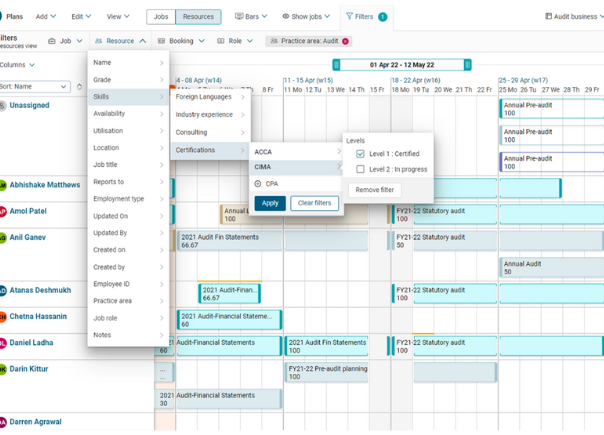
🔹Our customisation features make it easier to filter, control access rights and automatically share updates, and flag delays.
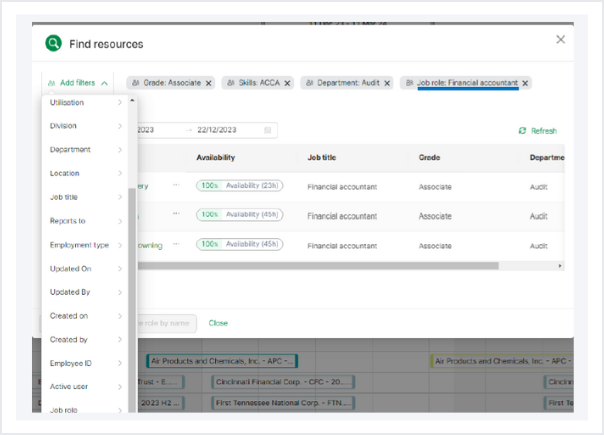
🔹Our automations eliminate the need for repetitive recurring tasks, so your team can get more done in less time.
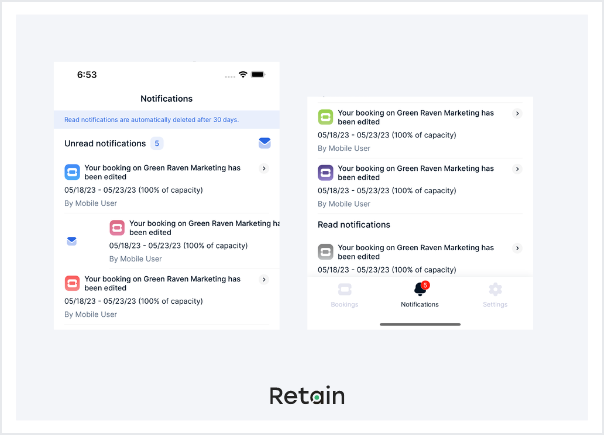
🔹Our talent management features allow you to drill down into as much detail as needed, like specific skills, certifications, charge rates and more.
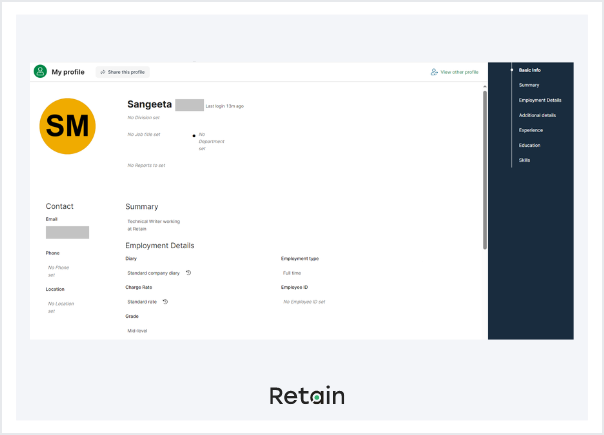
🔹Our AI features match people with projects based on comprehensive insight into skills, certifications, experience and more. Plus, the system will explain the suitability of a match.
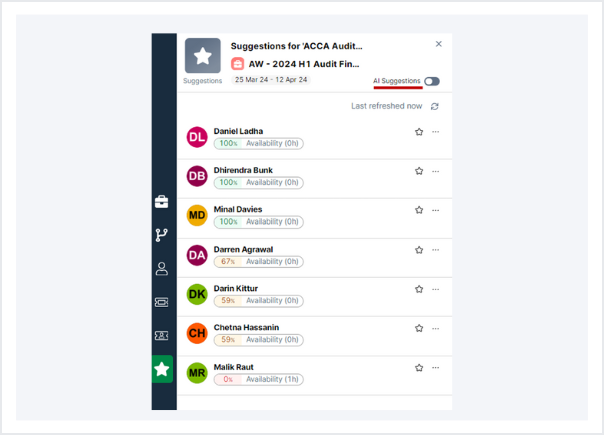
🔹Our advanced reporting suite leverages Microsoft Power BI to help you visualised availability and utilisation, spot trends, and identify bottlenecks.
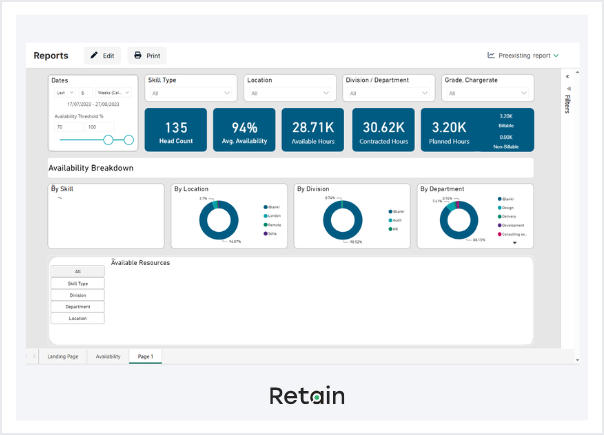
🔹Our flexible platform allows you to manage resources in a way that works for you; apply bulk duplications, split bookings, and different charge rates. See at a glance, utilisation percentage, currency, and overall project health.
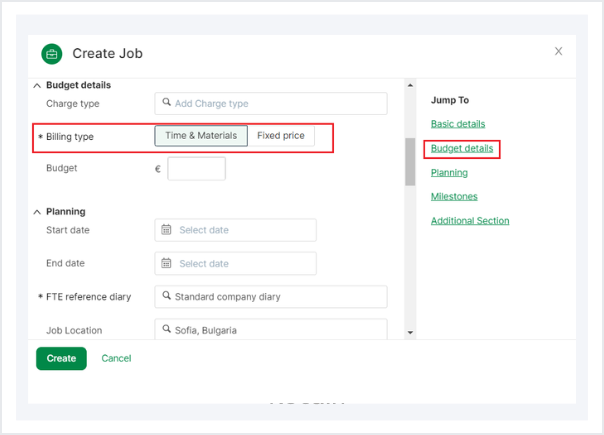
So, if you’re thinking about taking your company to the next level with resource planning tools, we might be a great fit for you. Get started today, and you’ll see how easy life can be for your business when you’ve got the right resource scheduling solution in place.
Choose the best resource scheduling platform to fit your business
With Retain, your team can benefit from a platform that’s simple to use yet keeps all their talent profiles, utilisation rates, client budgets, and timesheet data integrated and within reach. The best part is that Retain is highly flexible and can scale with your business, so as your team grows, your scheduling software can grow alongside it without having to worry about switching platforms down the line.
So, if you want a tool that can be both robust and simple, easy to use but packed with essential features, and flexible yet complex enough to handle a large workforce, get in touch.
Or if you are still looking for more information, you might like our frequently asked questions, below.
Frequently Asked Questions
What is resource scheduling software?
With Retain’s AI-powered resource scheduling software, you can assign and edit resources in a few clicks. Gone are the days of clunky spreadsheets and disconnected tools. Get a single live view of resources to plan, schedule, and adjust projects with confidence.
What are the benefits of resource scheduling software?
With an accurate view of resource utilisation, you can optimise how work is assigned. Plus, AI-powered recommendations suggest resources which are a perfect match along with resources which may be suitable based on similar skills and work experience.
What features should good resource scheduling software include?
As a minimum, the key features of good resource scheduling software include:
1. Accurately schedule resources
2. Gantt Chart and resource schedule visualisation
3. Resource allocation and utilisation
4. Resource reporting
5. Security and audit trails
6. Integrations
7. Resource forecasting
How can software make it simple to schedule resources?
Software like Retain allows you to take control of your entire resource management process from a centralised platform. You can make changes in one click or simply by dragging and dropping. Plus, you can plan ahead with scenario forecasts for stress-free resource scheduling with no disruption.


